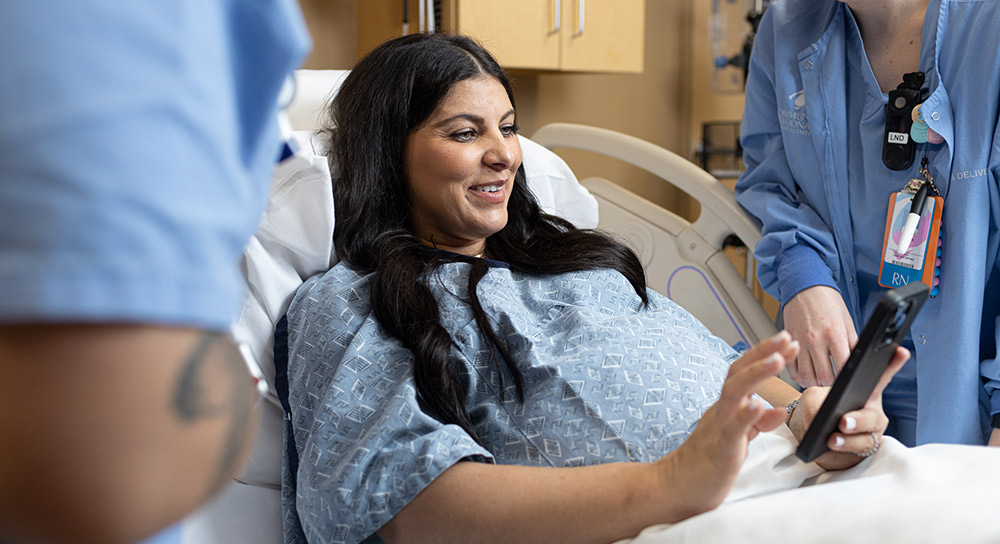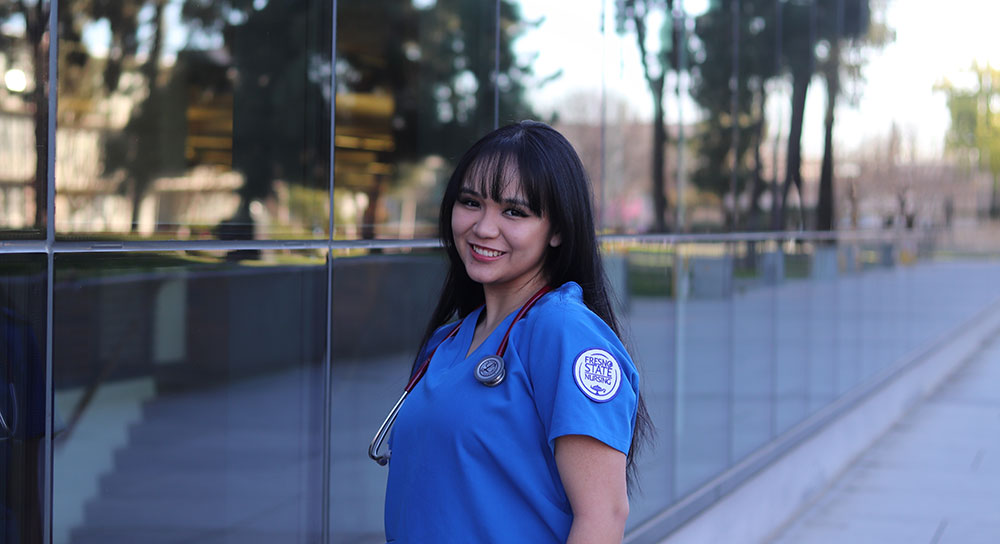 Q. Command Center sounds like something you’d find at an airport or a military operation rather than a hospital. Does it work the same way?
Q. Command Center sounds like something you’d find at an airport or a military operation rather than a hospital. Does it work the same way?Dr. Kestner: Yes. Much like an air traffic control center monitors and directs jets coming and going at an airport, Community Regional’s Command Center monitors patient arrivals – patients coming in through the emergency room, being admitted for scheduled surgeries and procedures. They check departures to see who can be discharged and when rooms and beds are ready for patients. They monitor the patient flow to make sure each patient gets to the correct clinical resources for their needs.
At Community Regional, we have a huge airport with more than a 100 patients coming in on a daily basis. It takes a whole workforce that didn’t exist in the past to manage that traffic. We have 40 employees consisting of - utilization management nurses , transfer center nurses, bed control nurses and data analysts, reviewing clinical documentation, communicating with managers on the floor to look at our staffing levels and our capacity. We generate reports every six hours when we’re in the green – when patient flow is going fairly smoothly. When we are over capacity, we start generating reports every two hours.
This system allows us to better anticipate our needs for the next day. We might look at the next day’s surgery schedule and see if we can adjust some elective surgeries should we get a big influx through the emergency room. We live on a very tight margin of capacity.
Q. Isn’t this an issue most hospitals are dealing with now as more people get insurance?
Dr. Kestner: No, most hospitals aren’t at critical capacity like we are. If you are in a community that has more beds than patient needs then those hospitals focus more on payment issues and competing for patients.
Q. How has patient admitting and discharging changed under this new process?
Dr. Kestner: In the past, a doctor would write an order to admit a patient to ICU or to surgery and the house supervisor would check with the unit to see if there was an available bed. If the unit had limited availability, unit leadership would review which patients might be ready for discharge, freeing up a suitable bed. It was a bit like a passenger showing up at an airport and saying, ‘I want to go to Hawaii’ without having a reservation or a ticket.
Since CRMC has become busier, we have to be more strategic and plan ahead. Therefore, we instituted the command center model in 2013. Our current approach encompasses three aspects of the initial phase of patient flow (1) we look to see if there is an available bed, (2) we ensure the clinical documentation supports the kind of bed and length-of-stay that’s being requested, and (3) we confirm that we have enough staff to keep all beds open throughout the medical center our patients’ needs. The patients now are assigned a team that includes a doctor working on that floor not just a bed. Using the metaphor of an air traffic control center, the command center makes sure we have the right patient getting on the right plane with the right documentation to pay for the ticket. We ensure that the patients have a complete crew; and that we have enough seats and enough gates open to accommodate the plane landing to pick up more patients.
Q. Is our electronic medical record (EMR) system helping us to better manage the patient flow?
Dr. Kestner: Actually the EMR works great as a data repository. However, it was not built to manage an air traffic control center for patient flow. The EMR information is based on an individual patient’s clinical records. It was not built as a way to look at an entire hospital - at any point in time - to see, which patients might be: in a holding pattern waiting to be admitted to a rehabilitation facility-or nursing home, or which patients are in surgery and expected to land in ICU for several days for recovery, or how many people have come into trauma and will need an ICU room or admission to a neuroscience floor. This complexity is why we need a staff of 40 to look at each patient and the patterns of patient flow throughout the hospital.
Q. How has the Patient Flow Command Center made a difference?
Dr. Kestner: When I came here in 2012, we were at capacity with an average daily census of less than 600 patients. We increased to an average daily census of 660 patients by 2015 and improved care and helped patients get home faster. We decreased the time patients wait to be seen by a doctor from several hours to 90 minutes after their initial evaluation in the emergency department. We’ve also improved the time it takes to get patients admitted to a hospital bed up on the floor to an average of 7 hours for non-critical conditions. We’ve done that by decreasing the time beds sit empty and doing a better job of discharging patients on time. It’s improved the hospital’s capacity from 2,800 inpatient days a month to 3,060 inpatient days a month and we did this without adding beds. The next critical step is to add bed capacity during the upcoming summer months.
Erin Kennedy reported this story. Reach her at MedWatchToday@communitymedical.org





